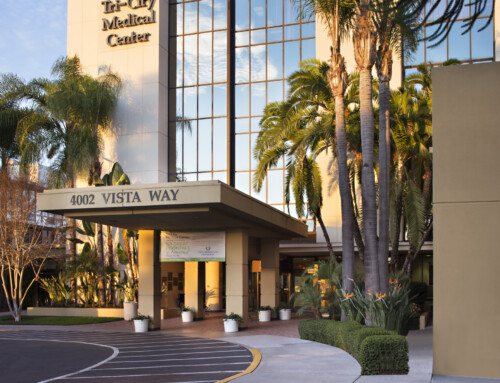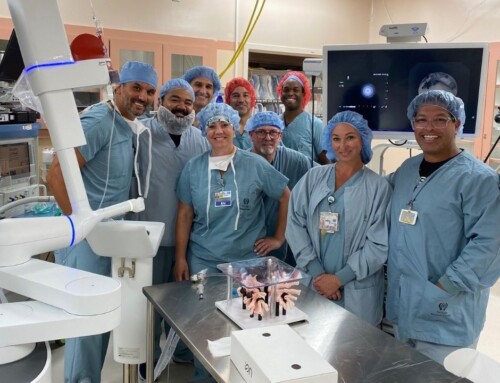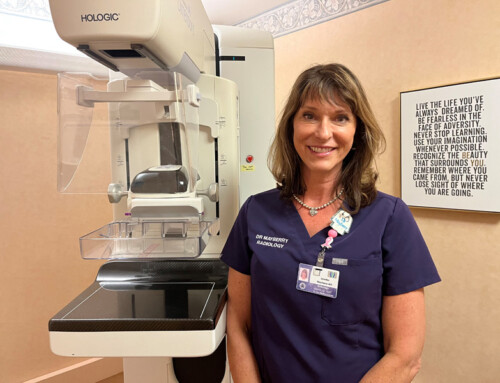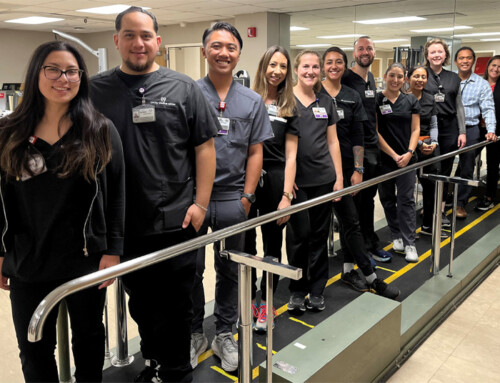Stretching our muscles is too often regarded as an add-on to exercise — something we do to warm up our bodies or cool down after a good workout. What we don’t realize is that just as you focus on building cardio or muscle strength, flexibility is something that should receive a dedicated time slot within your daily or weekly workout schedule.
It’s never too late to become flexible, but it does get more difficult with age. As we get older our tendons become more rigid, and the muscles and joints that allow for easy mobility become stiff. Not only does this make daily activity challenging, but a lack of flexibility also makes you more prone to accidents later in life.
Flexibility is one of the ways in which you can reduce your chance of falling, which could lead to a broken hip or other negative health consequence as your bones age and lose their density. It also means you have better posture and blood circulation, which will have a direct impact on your happiness and mental health over time. Greater flexibility can even make you less likely to get into a car accident.
With this in mind, there’s no time like the present to get stretching.
Tips to Improving Flexibility
One of the best ways to improve flexibility is to ensure you’re dedicating as much time to the practice as your other fitness goals. There is no one-size-fits-all flexibility regime, but experts say you should focus on stretching major muscle groups two or more times a week. This includes muscles in your back, shoulders, legs, and arms. While a good target is doing 8 to 12 repetitions of an exercise, you should work your muscles to the point where you feel as though the next repetition would be too difficult to complete.
Dedicated stretching sessions are not the only way to improve your flexibility. Yoga, tai chi, pilates, dancing, and working with resistance bands are all individual and group activities in which you can gain more flexible muscles. Ashtanga, vinyasa, and yin yoga are considered the top three styles of the activity that will benefit your flexibility. Pay close attention to the rhythm of your movements in whichever activity you choose. This will help you identify areas of strain and strength that can be focused on over time.
While working to gain flexibility over a longer time period is best, there are ways that stretching can provide instant gratification. If you’re stiff or have muscle pain, it’s easy to feel like the last thing you want to do is move. But gentle stretching paired with deep breaths and a massage can actually release tension immediately.
Remember that flexibility is a spectrum, and that it may be painful to move from one end to the other. At first, your body may resist the stretching exercises. Muscles have been trained and shaped a certain way — be that healthy extended muscles or ones that have spent the last two decades hunched over a computer. Stretching may at first set off alarm bells in your body and can seem painful and pointless. But if you push through this initial discomfort and relax into the exercises, your body will quickly discover you’re doing good rather than harm.
If you start small and grow your flexibility using the methods above, your body will thank you today, and for the rest of your life.





